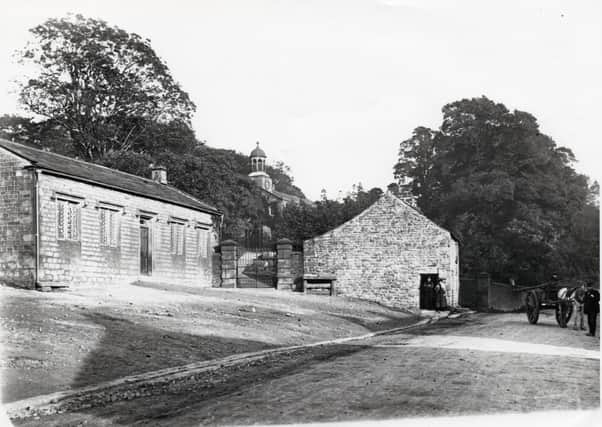Cliviger has four villages – Holme, Walk Mill, Mereclough, and Sothward Bottom – and is one of the largest parishes in England, but, until 1894, it was larger still as Cornholme and Porstmouth were removed to be included in the new Borough of Todmorden.
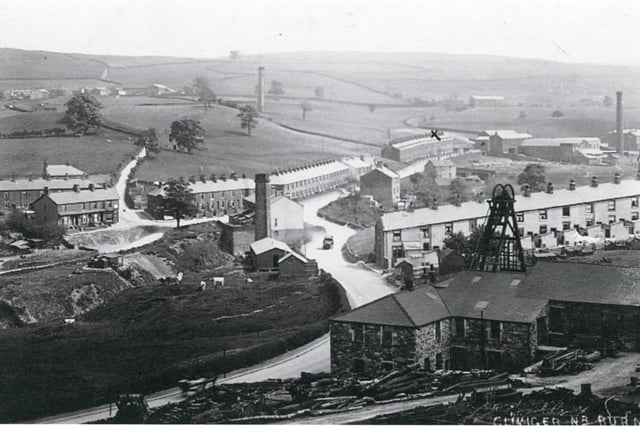
5. Walk Mill
The village of Walk Mill showing that it was an industrial village in the early twentieth century, which was dominated by the coal industry. On the left is the Cliviger, or Union, Colliery, with, above it, the Railway Colliery, which was part of the Union Mine. On the extreme right, is Walk Mill’s only cotton mill. Centre, the square chimney is an air shaft used by the Cliviger Colliery, with another just above it in the fields. Note the terraced houses of the industrial period. Photo: S
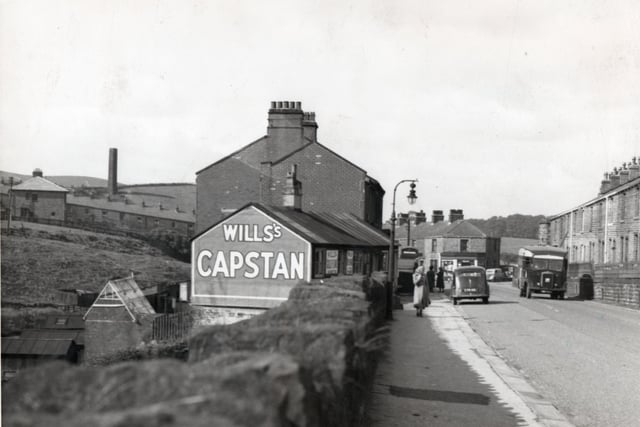
6. Burnley Road
The Burnley Road in Walk Mill showing two of the shops in the village. The one on the right, a grocer’s and, at one time the Post Office, has a huge advert for Will’s Capstan cigarettes on the gable end. The top of the village telephone box can be seen nearby. On the extreme left the chimney to the Cliviger Colliery can be seen. On the right is one of the two long terraces of houses on the roadside. Longfield Terrace can be seen, left. Photo: S
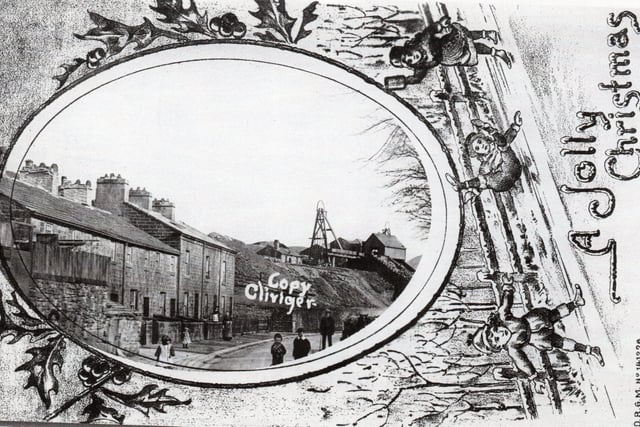
7. Egg-packing
A rare view of Sutcliffe’s Egg Packing Station. Egg packing became a significant industry locally as other agricultural industries declined because of foreign competition. Sutcliffe’s (Cliviger) Ltd., advertised that they sold the “Freshest of Eggs”. Their packing station was in Park Road, Cliviger, on a site which had been used for corn milling, brewing and once had an ice factory. The image shows that Sutcliffe’s was no small firm. Photo: S
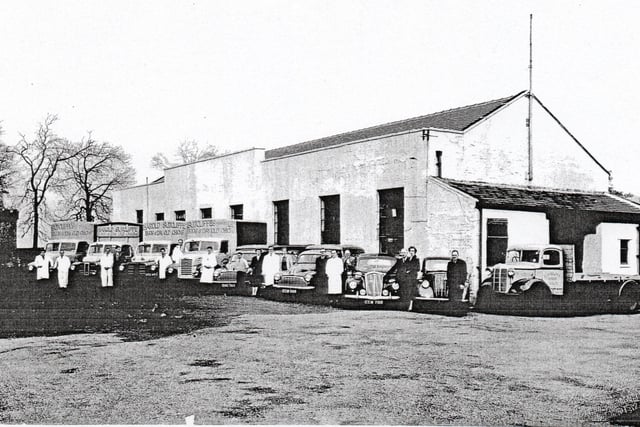
8. Copy Colliery
Copy Colliery, in Cliviger, was located on the former Burnley to Todmorden turnpike, and was opened, in 1830, giving access to an outcrop of the Dandy coal seam. The coming of the railway, in 1844, resulted in the building of sidings, screens and coke ovens and the name changed to the Cliviger Coal & Coke Co. The cottages on the left were lived in by some of the mining families. Photo: S
